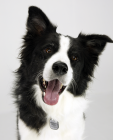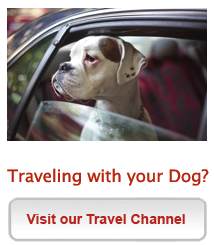Border Collie
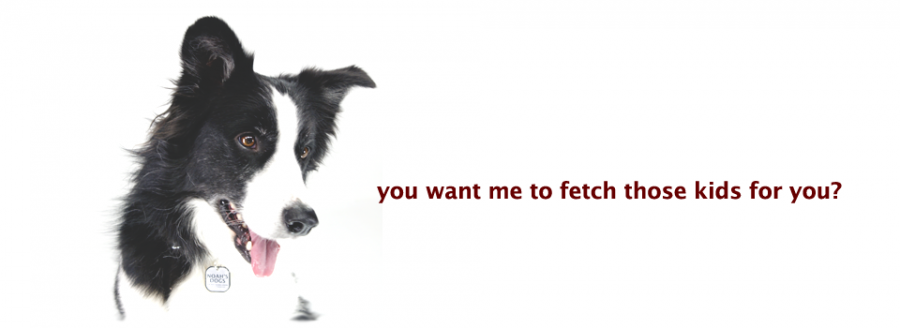
In my own words
I’m feeling a little bored at the moment. Can we do some obedience training? I love training so much, it makes me so happy to work for you. I’ll do anything for my master! Maybe if we do some more agility practice I could enter some competitions? Border Collies are exceptionally good at competitive sports you see. If you don’t like agility, how about flyball? That’s really fun!
I’m sorry if I keep trying to herd anything that moves, I really can’t help it. I was bred to herd sheep so it’s in my instinct. Maybe we could get a flock of sheep to herd ...? Or some extra training would be just as good. As long as I’m busy, I’m happy!
My ideal owner(s)
Singles
Agility trainers
Families with older children
Shepherds
What they say about me
Loyal
Hardworking
Energetic
Intelligent
Please read on, to find out more about me, and whether I will be someone you can be happy with for the next 15 years, or even longer!
Is this Border Collie for you?
Test your knowledge about the Border Collie
Information essential about the Border Collie
Kennel Club Group:
Herding
Size:
Medium: Weight Male 30 – 45 lb (14 – 20 kg) Female 27 – 42 lb (12 – 19 kg)
Height Male 19 – 22” (48 – 56 cm) Female 18 – 21” (46 – 53 cm)
Popularity:
Breed History:
The Border Collie was originally called the “Scotch Sheep Dog” and originated in Northumberland along the borders of Scotland and England. They are descendants of the dogs used by the Vikings to herd reindeer and a mixtures of Spanish and early English droving breeds. The breed is known as a “workaholic” for its shear drive and love of working and they have been prized for their herding abilities of any livestock since the 19th Century.
One of the most intelligent and trainable breeds, the Border Collie also works well as a narcotics and bomb detections dog. They frequently perform exceptionally well in obedience, agility, Frisbee(TM) trials, police work, search and rescue, flyball and competitive obedience. Some Border Collies have been successfully trained as guide dogs for the blind
Character:
The Border Collie is highly intelligent and able to be trained to a very skilled level. They are hardworking dogs and thrive on praise. They excel in competitive sports such as flyball, agility, obedience training and sheepdog trials. Originally bred as a farm hand, they are extremely energetic and have great stamina. They need lots of exercise to keep them physically and mentally occupied and usually get along well with other dogs and children. Problems may occur and they may show aggression towards other dogs if you are not firm in your leadership. They do not get along well with other household pets but there are plenty of Border Collies that live and get along well with cats. This breed needs good socialisation to get them accustomed to people and noise. Border Collies can be dominant so you must ensure you are a confident, firm and consistent pack leader to earn their respect. They can be highly reactive and sound sensitive so are not recommended for families with young children. The Border Collie is eager to please its master and lives to serve you but when they are not stimulated enough they may become destructive. If they become bored they can develop neurotic tendencies and display behavioural problems as well as trying to frequently escape. Their instinct to herd is strong so they may try to herd children, strangers and even vehicles unless you train them that this behaviour is unacceptable.
Temperament:
This breed is intelligent, responsive and devoted to their master and work. They are extremely sensitive and thrive on human interaction. They need a lot of activity and attention so are not recommended for inexperienced, sedentary, apathetic dog owners, nor a home with a two-career family as they do not do well when left alone for extended periods of time. They generally get along well with other dogs that they have been raised with but it is unwise to keep them in a home with other household pets. Their instinct to herd is so strong that they will usually attempt to herd anything and everything that moves so proper training is required.
Conformation:
The Border Collie is a medium sized, energetic working dog. The body is slightly longer than its tail with a slightly wide head and tapered muzzle. The oval eyes are set well apart and are brown in colour except in merles where one or both eyes may be blue. The ears are set well apart and are either carried erect or semi erect. The tail is set low and sometimes raises but never curls over the back. Conformation varies greatly within this breed as they are breed for working rather than their looks. Overall they have an athletic body which is strong and agile.
Coat: The double coat is weather-resistant, dense and close fitting. There are two types of coat; short and sleek or long and coarse.
Colour:
The coat comes in black and white, tri-colour, red and white, blue merle, sable, yellow, yellow and white, black and grey and all black with varying amounts of white or tan. The coat can come in all colours or combinations of colours and markings
Training:
This breed needs early socialisation and obedience training. They are easy to train and do well with consistent yet firm training. They are sensitive dogs so they should not be treated in a harsh or heavy-handed manner. As they are working dogs bred for herding, they instinctively attempt to herd anything that moves so proper training is required to teach them that this is unacceptable. They can be dominant so ensure that you demonstrate confident and firm leadership. They respond well to lots of praise and positive reinforcement.
Care:
The Border Collie needs regular combing and brushing to keep the coat in good condition. Take extra care when the soft, dense undercoat is shedding. Bath and dry shampoo only when necessary. Check the ears and coat regularly for ticks. This breed is an average shedder.
Health:
The lifespan of a healthy individual is between 12 and 15 years, which is normal for a dog of this size.
The Border Collie is prone to epilepsy, hip dysplasia, PRA (Collie Eye Anomaly) and deafness. They are often allergic to fleas. Some herding dogs carry an MDR1 gene which can make them sensitive to certain drugs and can prove fatal if tested positive
Exercise:
This dog needs more than physical exercise alone to keep his highly intelligent mind active such as obedience training. They want to work. They are fast and agile and thrive on hard work. They need a long, brisk daily walk and enjoy chasing after a ball or herding sheep. They are not recommended for apartment life as they are very active dogs. They should not be chained up all day but will be fine in a kennel provided it has daily activity and sees its handler often. They do best on a working farm or in a rural, secluded setting where they can roam freely and safely.
You may also like:
Border Collies looking for a home in UK »




Border Collies and their owners »


If you like Border Collies, you may be interested in breeds of the same size »
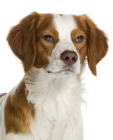

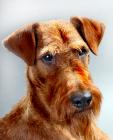
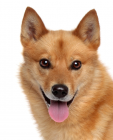
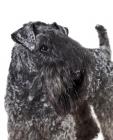
If you like Border Collies, you may like other breeds with similar characteristics »
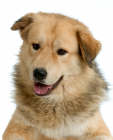

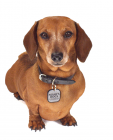
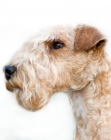
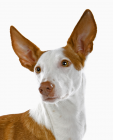
Advice on choosing your breed »
Find an animal shelter or rescue home where a Border Collie is waiting for a new home »
The following grid gives a fast track review which covers all breeds. You can apply it to help you decide if a Border Collie is suitable for you, the environment where you live, your personality and your lifestyle. On the grid, 1= strongly disagree, and 5= strongly agree. For example, if you are looking for a dog that loves being active, look down the list under Activities, and you will see that Border Collies love jogging and walking, scoring 5. If you want a a dog to train, look down at Training and Obedience, and you will see that Border Collies are easy to train, and score 5. You might like to save or print off this section and keep it for reference while you check some other breeds before making your final choice.
Be the first to rate this breed »
|
*PLEASE NOTE: All our breed profiles are general, and all dogs are individuals. Always talk to the breeders and meet the owners you are buying from. Try to meet the dog and its parents if it is a puppy in their home environment.








